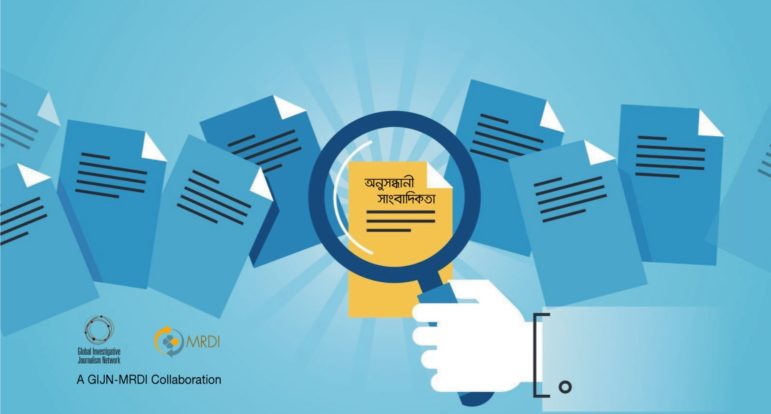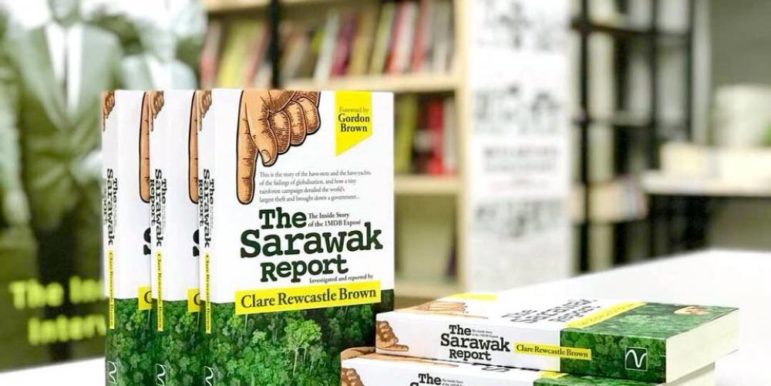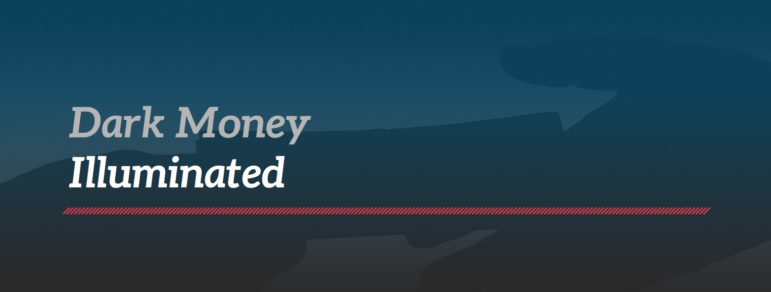
News & Analysis
Welcome to the Wild, Wired World of Next Generation Investigative Journalism
Investigative journalism in this wired world is vastly different from what it used to be. Cobrapost editor Aniruddha Bahal writes about how journalism has changed over time, from postcard complaints to internet trolling, meeting sources in parking lots and using apps and being highly competitive versus collaborative.








